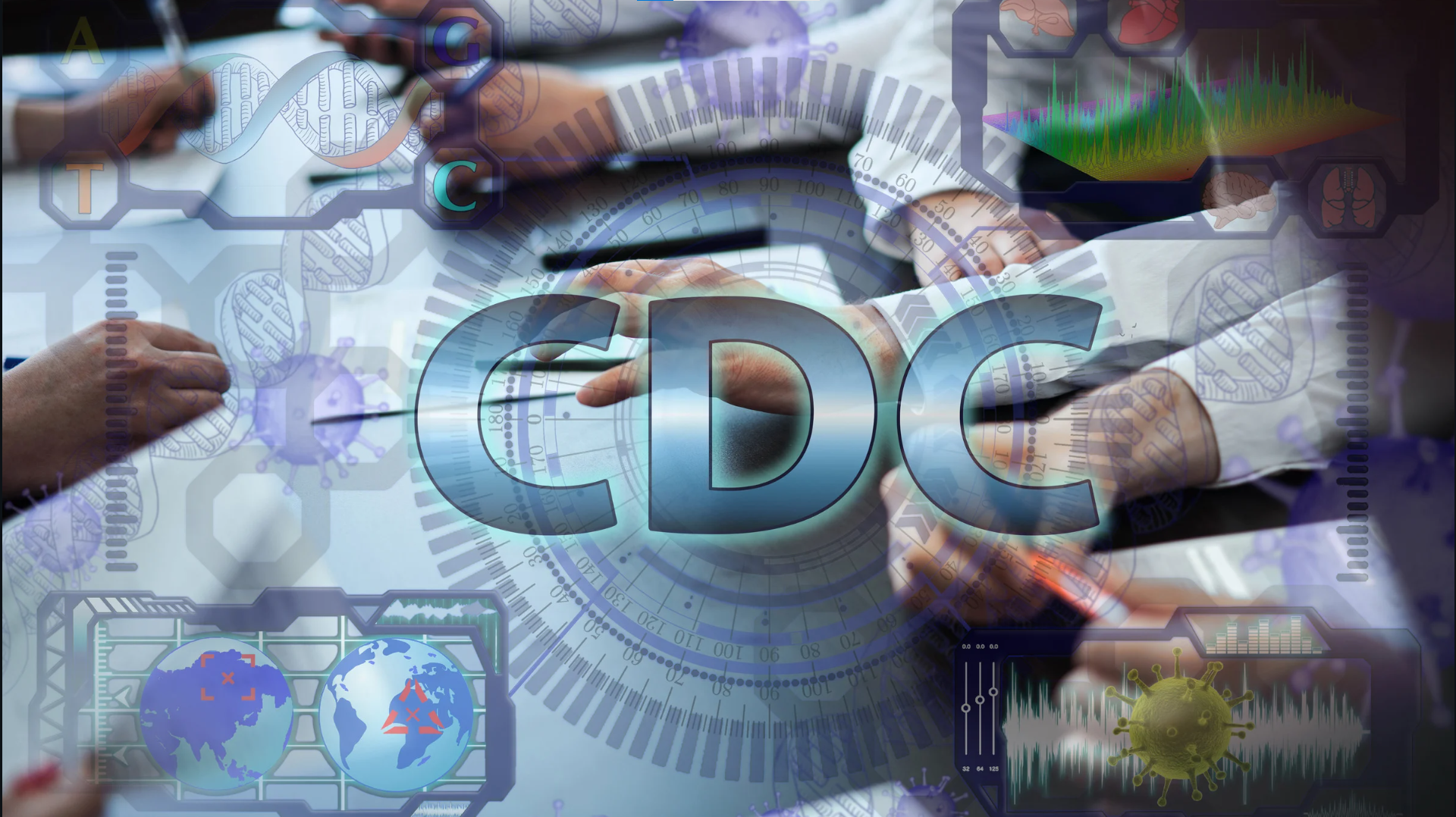Health & Medicine: Transformative Trends Shaping 2025

The landscape of health and medicine is undergoing dramatic transformation in 2025. Accelerated by technology, changing patient expectations, and lessons learned from recent global disruptions, healthcare is now characterized by a pivot toward personalized treatment, digital tools, and a focus on holistic well-being. Industry leaders, clinicians, and patients alike are embracing new models that prioritize precision, access, equity, and sustainability. This article examines the most prominent trends shaping medicine and healthcare, underscoring cutting-edge innovations and practical impacts.
Precision Medicine: Tailored to the Individual
One of the most significant innovations of 2025 is the mainstream adoption of precision medicine—the practice of customizing treatments based on an individual’s genetic makeup, lifestyle, and environmental factors. Genetic testing is now routine for many complex illnesses, and advanced informatics allow physicians to rapidly analyze vast sets of patient data. Biomarker-driven therapies maximize efficacy and minimize adverse reactions, dramatically improving outcomes for cancer, cardiovascular, and autoimmune disorders.
Pharmaceutical and biotech firms are investing heavily in gene editing technologies like CRISPR and mRNA platforms, leading to new therapies for previously intractable conditions. The market for precision medicine is projected to hit $10 billion in 2025, with major global health systems integrating these protocols into standard care. This shift marks the end of “one-size-fits-all” treatments and signals a future in which medicine is personalized, preventative, and more effective.
Telehealth and Digital Health Tools
After the COVID-19 pandemic disrupted traditional care delivery, telehealth emerged as an essential tool. In 2025, virtual care is a central feature of the patient experience. Secure video consultations, remote monitoring with wearable devices, and smartphone-based diagnostic applications enable patients to access care from home or remote locations. Nearly 70% of health systems in developed economies now have telehealth integrated as a core offering, making care more accessible for those underserved by geography or mobility.
Telehealth also supports preventative medicine, as patients can schedule check-ins, receive test results, and track chronic conditions easily. Digital health portals keep individuals engaged in their treatment plans, driving better compliance and outcomes. The convenience, efficiency, and expanded reach of these technologies are leading to healthier populations and lower healthcare costs.
Mental Health and Technology
Mental health is increasingly recognized as central to overall health and wellbeing. In 2025, technological advances are helping meet the growing demand for personalized and accessible mental healthcare. AI-powered therapy apps and online support communities provide scalable solutions for anxiety, depression, PTSD, and more. Clinics are utilizing virtual reality therapies to treat phobias and PTSD, making evidence-based interventions available in new formats.
Stigma around mental health is declining thanks to urgent public campaigns and broader access to remote counseling. Healthcare organizations partner with technology firms to improve screening, diagnosis, and follow-up, while mental health trackers monitor key metrics such as mood, stress, and sleep. Employers promote mental health resilience using gamified wellness programs and employee assistance platforms.
Wearable and Remote Health Technologies
Wearable devices are reshaping health monitoring and personal wellness. In 2025, smartwatches, glucose sensors, and heart-rate trackers have evolved to provide real-time alerts, long-term analytics, and integration with electronic health records. These devices empower individuals to track blood pressure, blood sugar, sleep quality, and activity levels, promoting proactive engagement with health.
Hospitals and clinics deploy remote patient monitoring to continuously supervise chronic conditions, reducing hospitalizations and allowing earlier interventions. Data generated by wearables supports population health management, helping providers identify patterns and optimize care at both individual and community levels.
Gut Health and Microbiome Research
The gut microbiome—a vast ecosystem of bacteria and microorganisms—has become a focal point of medical research. Scientists have linked gut health to digestion, immunity, and even mental wellness. In 2025, microbiome-focused therapeutics and diagnostics are helping prevent and treat autoimmune disorders, metabolic syndromes, and certain psychiatric conditions.
Probiotic and prebiotic supplements, designed based on individual microbiome profiles, are available for consumers aiming to boost their health. Personalized microbiome analysis is being used to tailor diets that support digestion, mood, and energy, representing an exciting frontier in nutrition and preventative medicine.
AI and Machine Learning in Diagnosis and Drug Development
Artificial intelligence is rapidly improving speed and accuracy in disease diagnosis. AI algorithms analyze radiological images, pathology slides, and laboratory data, identifying subtle trends and rare abnormalities. Physicians rely on AI for support in predicting patient risks, optimizing therapies, and automating administrative tasks.
In pharmaceutical R&D, AI-powered simulations shorten discovery cycles, reveal new drug candidates, and predict outcomes of clinical trials. Predictive analytics help match patients to the most effective treatments and anticipate complications. The healthcare AI market, with robust deal activity, now accounts for nearly a third of all healthtech investments.
Genomics, Bioprinting, and Smart Implants
Genomic research is unlocking a deeper understanding of diseases and informing novel therapies. Genome-wide association studies reveal risk factors for complex conditions, while gene editing holds promise for rare genetic disorders. Smart implants—capable of gathering data and interacting therapeutically inside the body—are enhancing mobility and independence for patients with disabilities.
3D bioprinting is revolutionizing prosthetics, enabling custom-designed bionic limbs, surgical implants, and tissue grafts. The medical 3D printing market is expected to surpass $6 billion by 2027, making advanced implants affordable and widely available. Neural implants, connecting the brain to computers, are beginning to restore vision and mobility to those with profound impairments.
Holistic, Integrative, and Sustainable Health
Holistic and integrative approaches to health—combining conventional medicine with therapies like acupuncture, yoga, and herbal supplements—are trending upward. Healthcare organizations support personalized plans that harmonize physical, mental, and spiritual well-being. Plant-based nutrition, eco-friendly products, and ethical sourcing are increasingly priorities for consumers and providers alike.
Sustainability also extends into manufacturing and operations. Hospitals are reducing energy use and waste, investing in renewable energy, and considering the environmental impact of pharmaceuticals and supplies. These efforts support global health by addressing climate change and promoting responsible resource use.
Health Gamification and Behavior Change
Gamification—using game-like rewards, badges, and challenges—motivates positive health behaviors. Health apps encourage users to walk more, eat better, or adhere to medication. By transforming everyday wellness into engaging experiences, gamification helps people stay committed to their goals and enjoy the process.
Industry Transformation and Future Outlook
Health systems worldwide are focused on improving operational efficiencies, boosting productivity, and enhancing patient engagement. Despite ongoing challenges—budget constraints, workforce shortages, regulatory changes, and new patient demands—leaders are prioritizing digital transformation to ensure quality, accessibility, and resilience.
A wave of startups and investments is fueling innovation. The U.S. healthcare IT market alone is expected to reach $6 trillion by 2026. Biotech breakthroughs, wearable adoption, and AI-enabled personalization are turning vision into reality. The future of medicine promises empowered patients, efficient care, and better outcomes grounded in technology and human compassion.
Conclusion
Healthcare in 2025 is more precise, accessible, and holistic than ever before. With advances in genomics, digital medicine, AI, and sustainability, the industry is transforming the way care is delivered and experienced. From personalized treatments to remote monitoring and mental health support, the trends of 2025 are setting the stage for an era focused on well-being, innovation, and empowerment.








